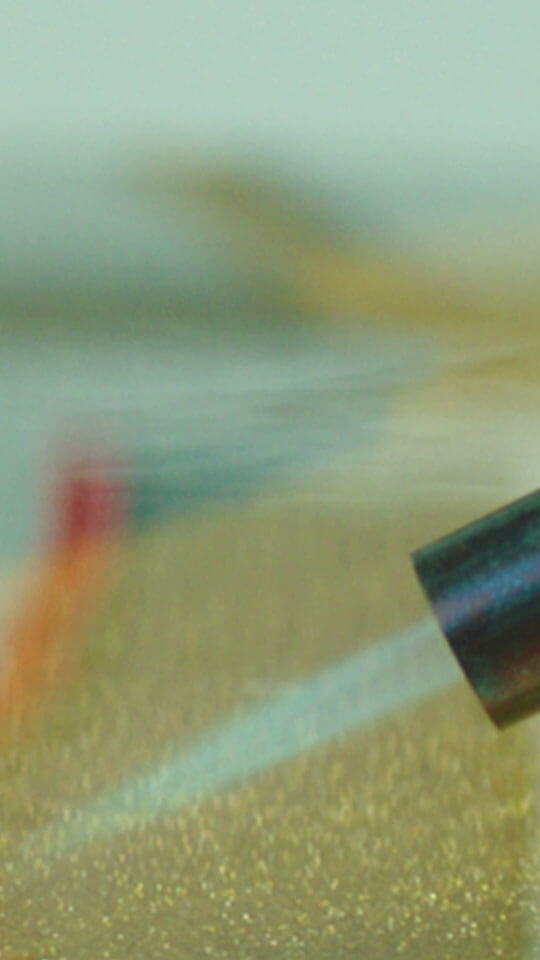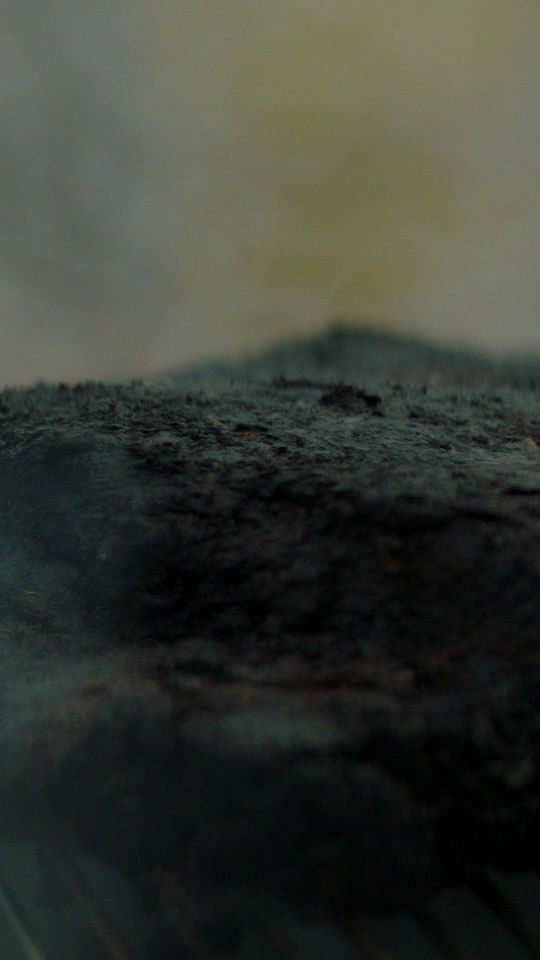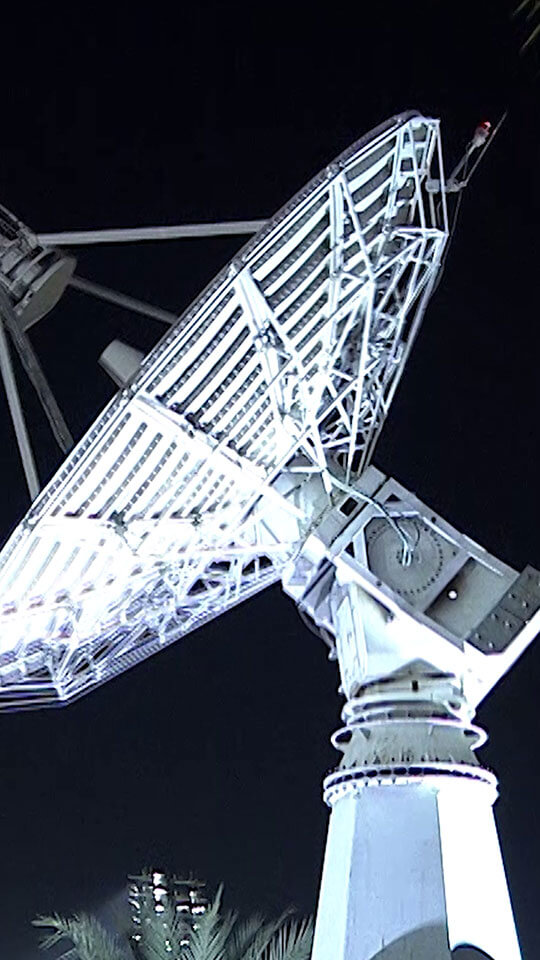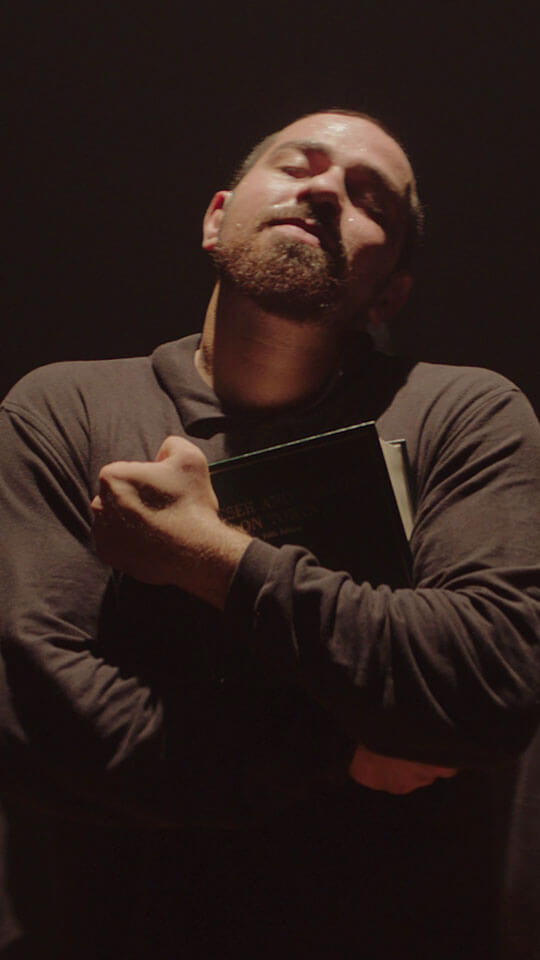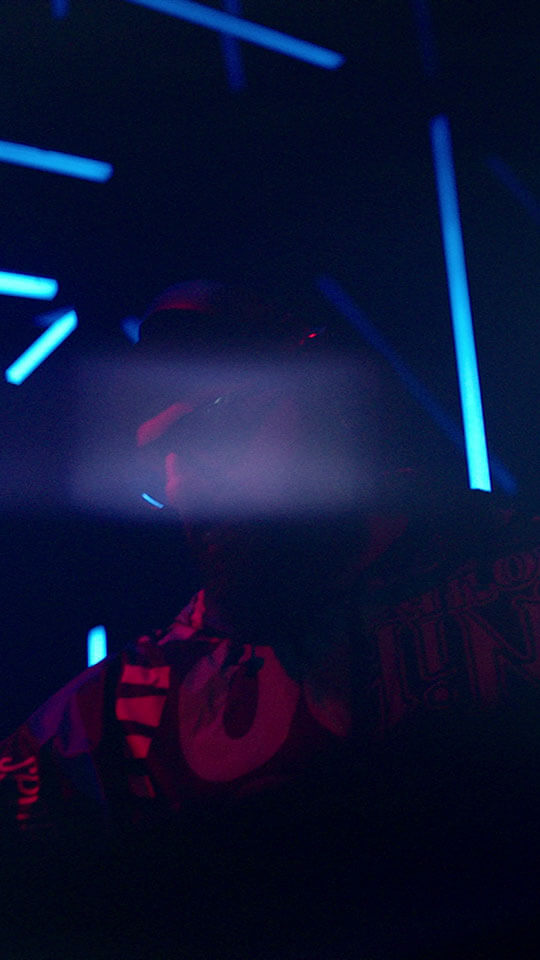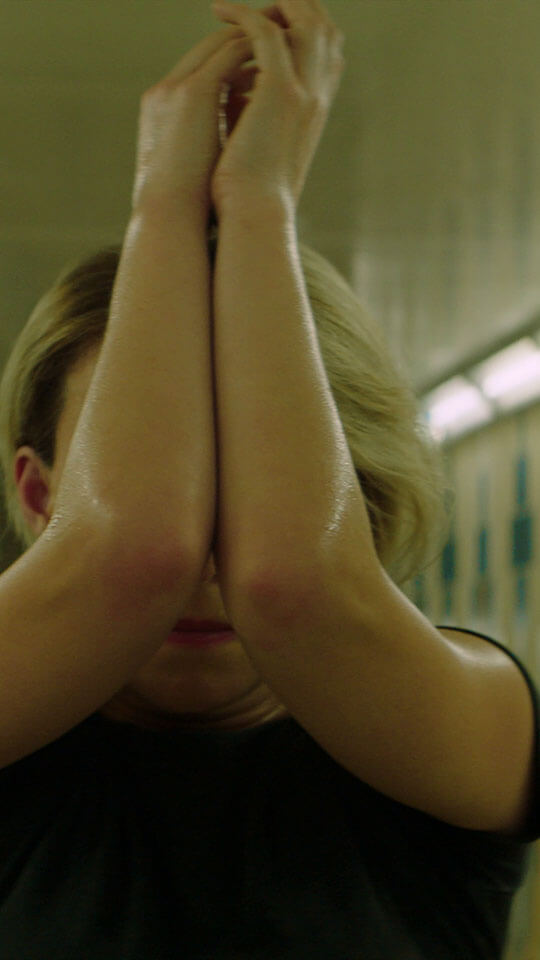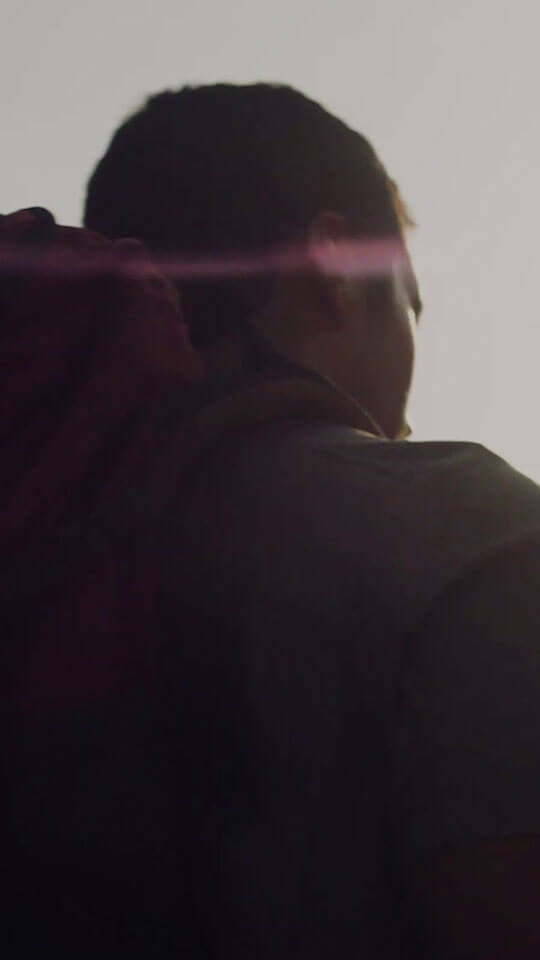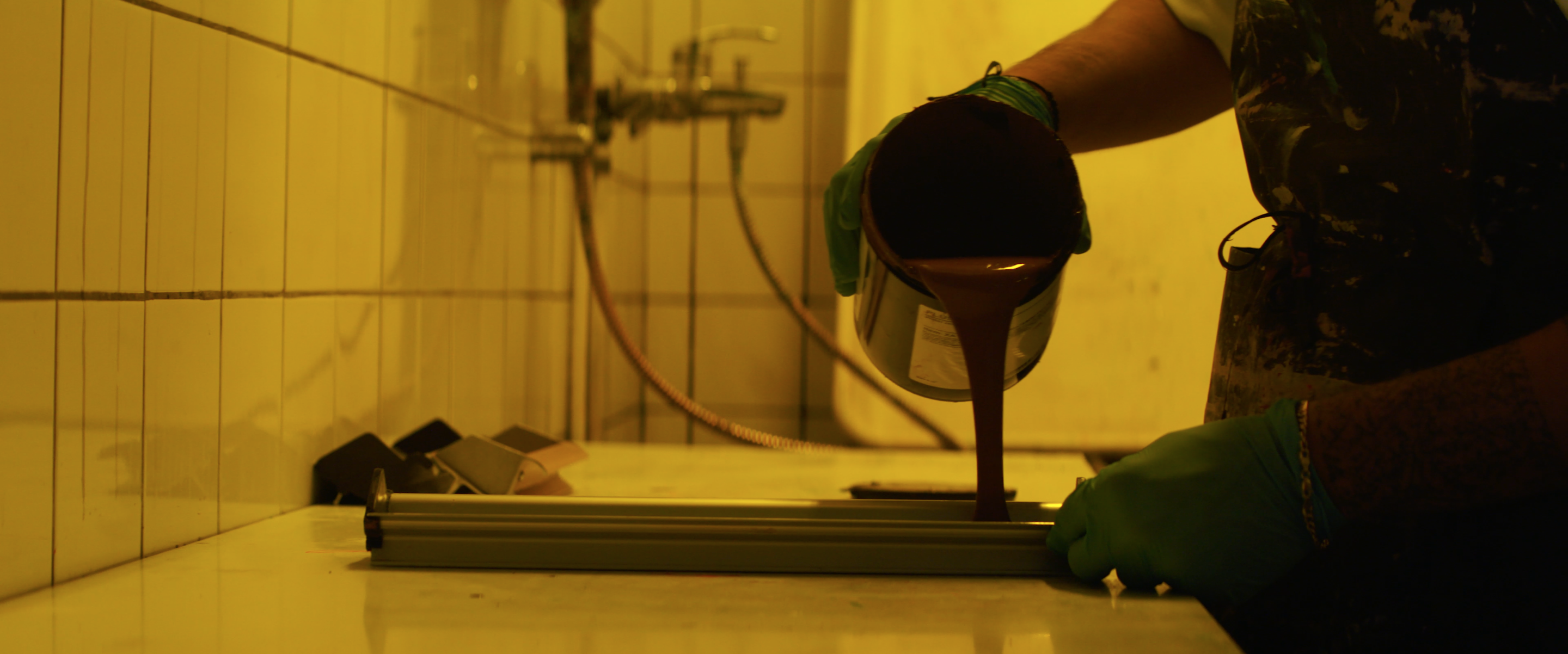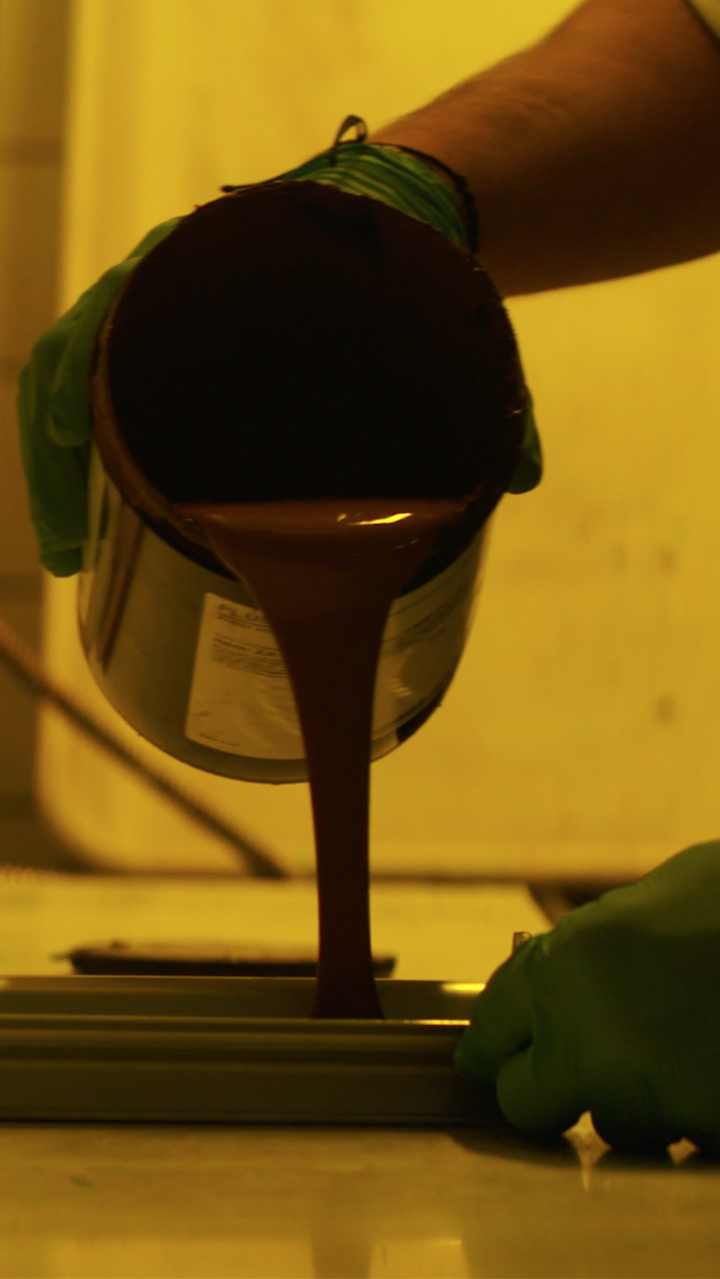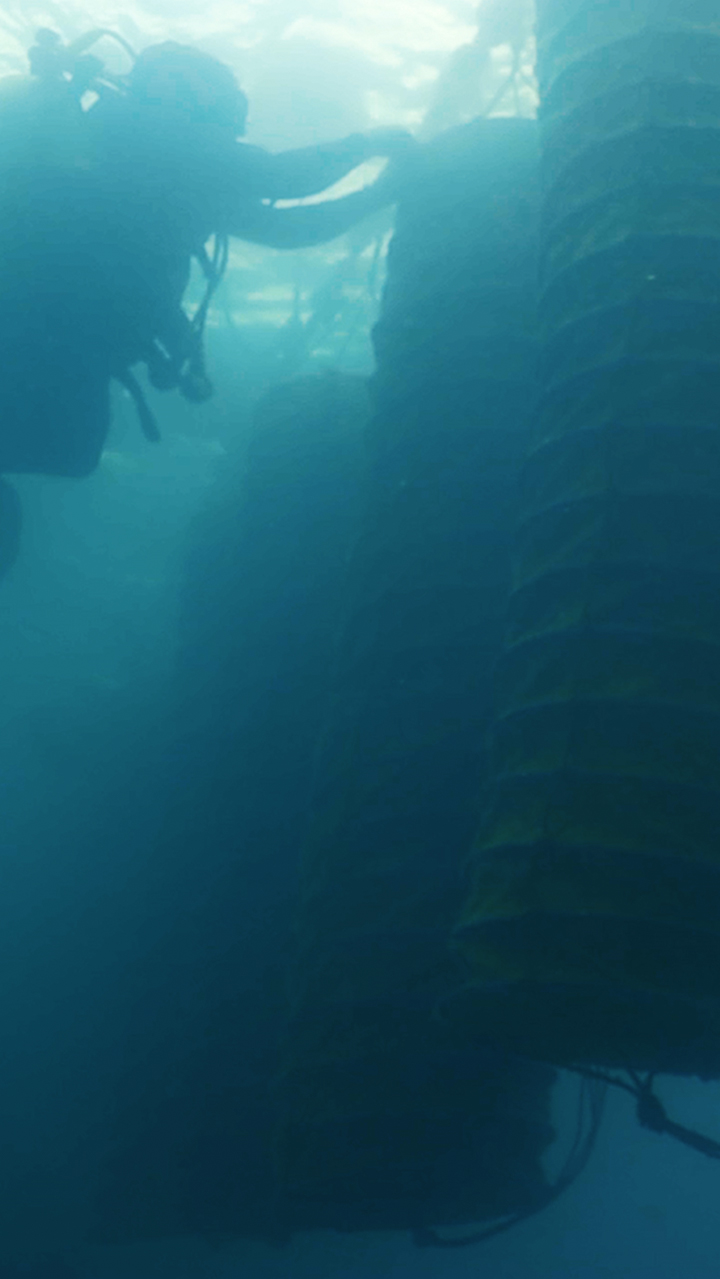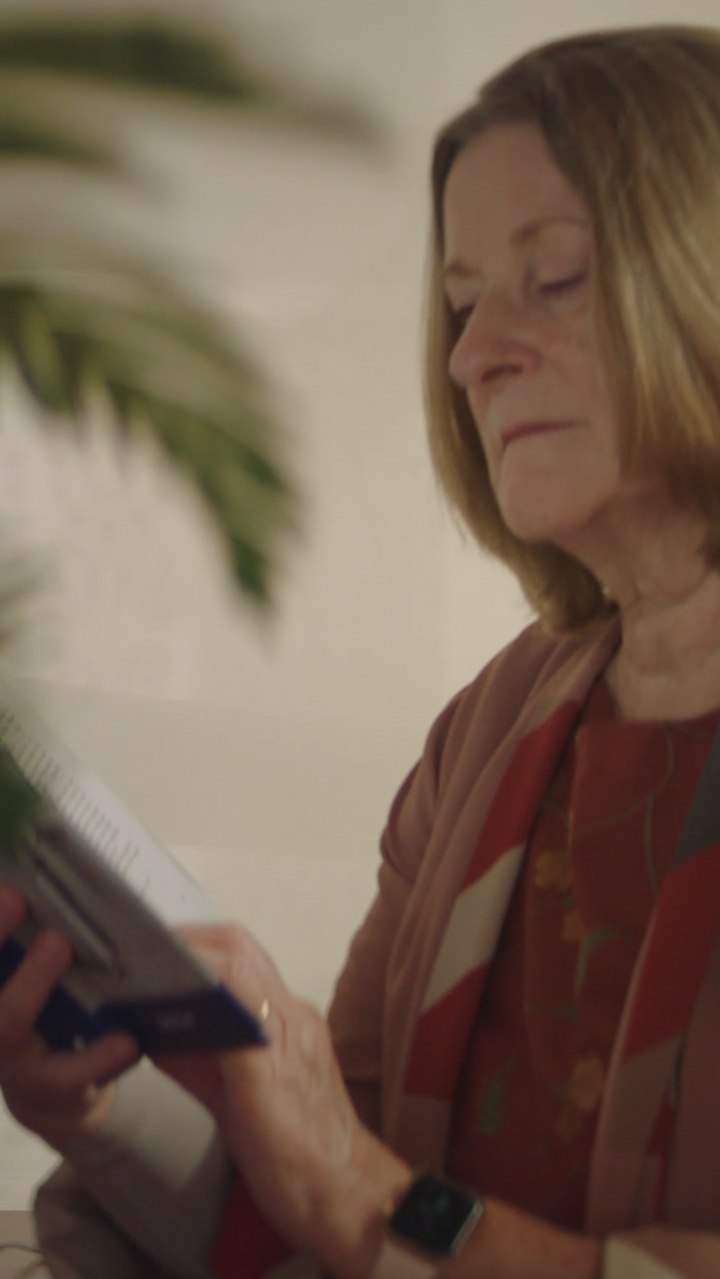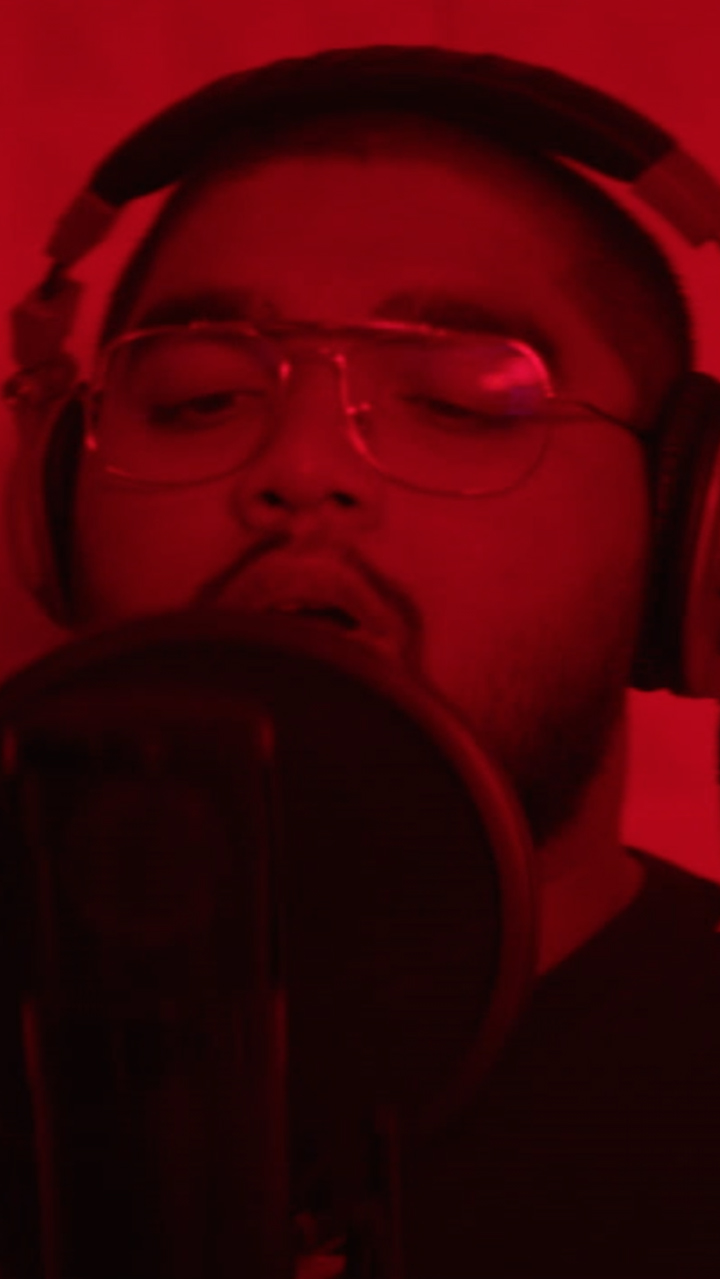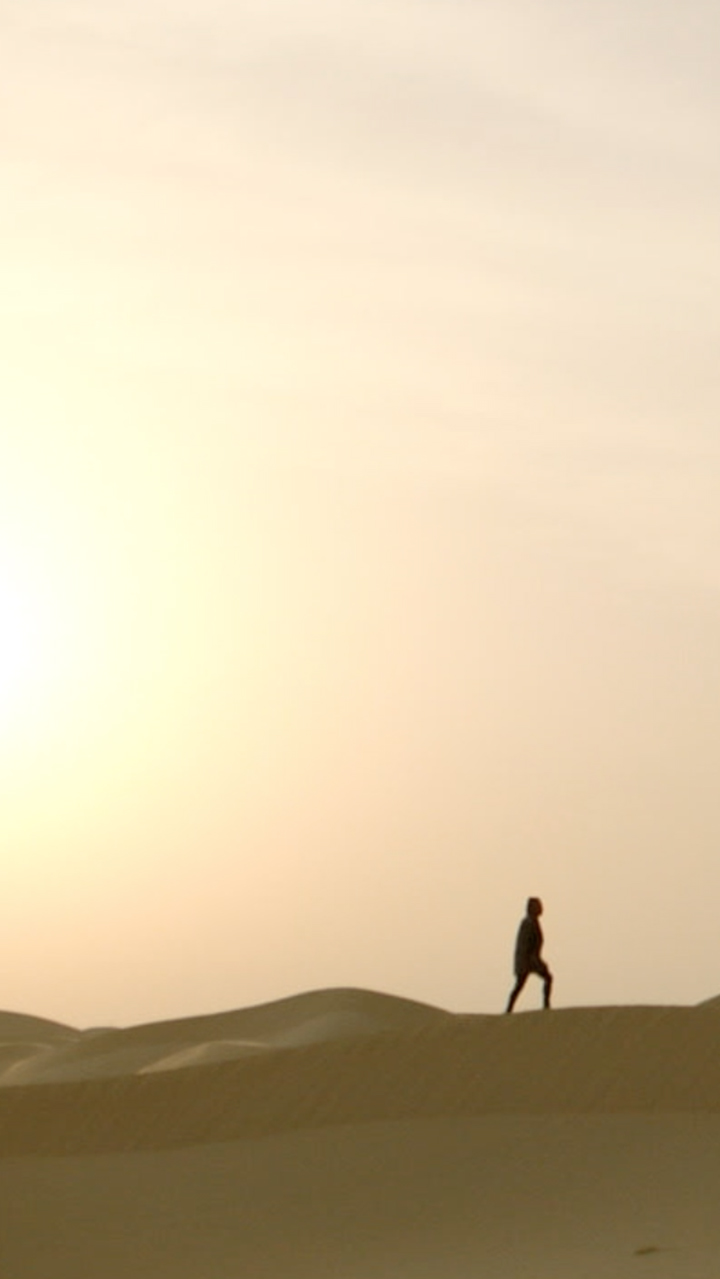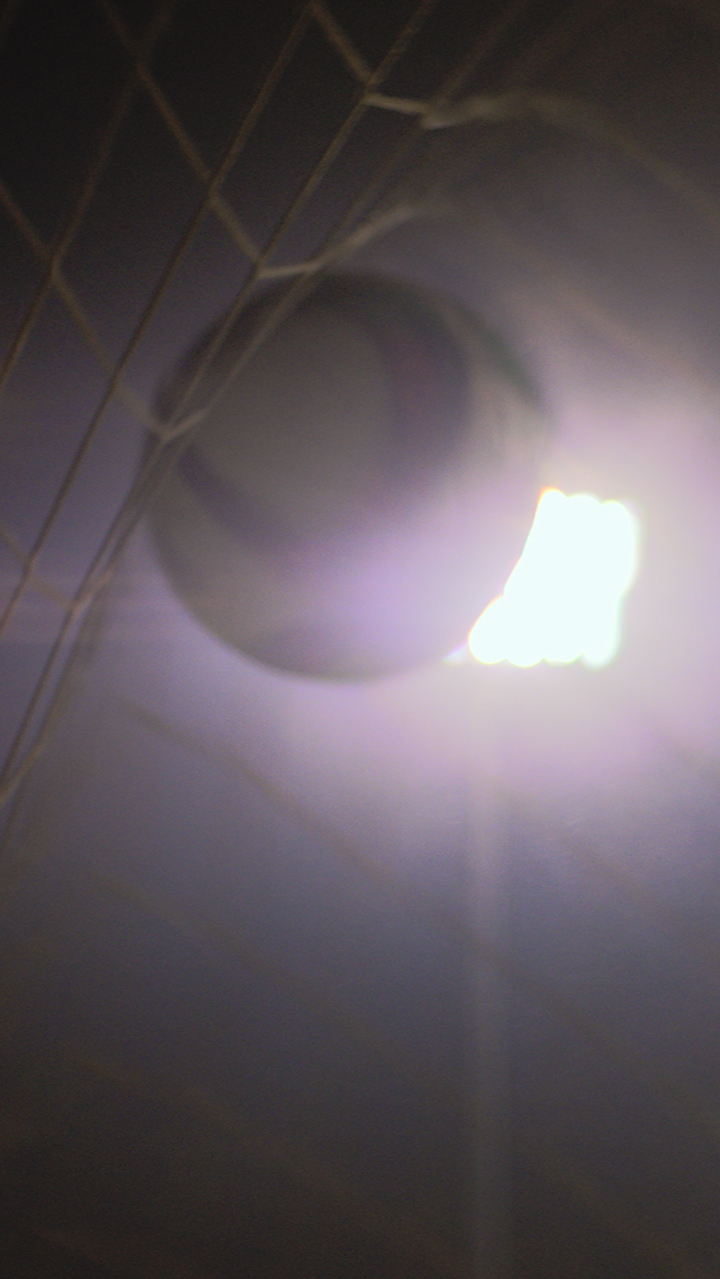The Story of Art
Set back from Dubai’s main thoroughfare in the industrial area of Al Quoz, it was the least likely location for an artistic coming-of-age story. And yet that’s what it was to become. A hub for the city’s creative community and an artistic success story in its own right.
Not that anybody could’ve guessed in those early days. The first gallery to move into the fledgling cultural district was the Ayyam Gallery in 2008. Carbon 12 followed soon after, while others such as The Third Line and the Leila Heller Gallery set up shop as late as 2015. But by then Alserkal’s reputation was well and truly cemented. It had become one of the region’s most important platforms for contemporary art and, under the patronage of founder Abdelmonem bin Eisa Alserkal, had earnt an enviable name for itself.
A leisurely stroll along its narrow streets reveals why. To walk around this cluster of architect-designed warehouses is an experience in itself. There are visual and performing art centres, galleries, artisanal spaces and coffee houses. There are independent cinemas and vinyl record stores, as well as co-working spaces and boutique eateries. Even the studio of French-Tunisian street artist eL Seed, with its cavernous art space peppered with elaborate calligraphic compositions, is open to all who wish to enter.
“It’s our version of Chelsea if you like, or Soho,” says Sunny Rahbar, co-founder of The Third Line, which has been representing contemporary Middle Eastern artists for the past 15 years. “It offers a hub for galleries to be in close proximity to one another. It allows people who may not have known about the creative community to come and to engage.”
The impact of Alserkal Avenue cannot be understated. It has helped position Dubai as a creative hub, pushing art to the forefront of the UAE’s cultural identity. In doing so, art itself has blossomed – and not just through the work of international artists, but that of homegrown or UAE-based talent too.
That means young and exciting Emirati artists such as Farah Al Qasimi and Sarah Al Agroobi, the street artists eL Seed and Tarsila Schubert, and the Umm Al Quwain-based Syrian interdisciplinary artist Majd Alloush. It means Abu Dhabi-based Tarek Al-Ghoussein, whose work encapsulates photography, self-portraiture and performance art, and Nima Nabavi, whose practice is focused on geometric abstraction and its connection to the natural world.
Such a diverse mix of artists is indicative of a country that is uniquely placed at the crux of so many disparate identities. From this the UAE has fomented its own essence in terms of its national artscape. One that encourages young up-and-coming artists, fosters a sense of community, and stimulates both individual and collective creativity.
“I lived in the States for 20 years but would always come back and visit my friends and family,” says Nabavi, who grew up in the UAE. “And throughout those years I would slowly see the people of my generation beginning to create cultural content from here. We’d stopped being audience members and started adding a little bit of our own voice. And I think that is really important for a community. To not only be recipients of culture from around the world, but also to be creating your own thing. It gives you a sense of pride and a sense of belonging and a sense that your voice is important.”
In the past we used to refer to cities such as Beirut, Baghdad and Cairo as the region’s capitals of art. Now we talk of Dubai, Abu Dhabi and Sharjah. Three cities that are culturally active in their own distinct ways.
There are the art fairs Art Dubai and Abu Dhabi Art, and museums such as the Louvre Abu Dhabi and Sharjah Art Museum. There are cultural organisations such as Sharjah Art Foundation and the Jameel Arts Centre, with its gallery spaces and arts library on the banks of Dubai Creek. There’s Sharjah’s Barjeel Art Foundation and Abu Dhabi’s Warehouse 421, and independent art facilities such as Tashkeel and newer creative hubs such as Dubai Design District.
All are celebrating, promoting and supporting art from the UAE, but also from the wider Middle East, North Africa and South Asia. In doing so, they have placed art at the heart of society. All of which has been made possible by a willingness to invest in the arts.
“The beautiful thing about the Emirates is that they have a blank script,” says Dod Riyahi, an artist and co-founder of The Cave, a studio space located in Dubai Design District. “They’re writing their identity now and we’re a part of that.”
Galleries are representing artists, residencies are proliferating, funding is forthcoming. At the same time, the traditions of calligraphy and embroidery are being celebrated, just as the conceptual art of Hassan Sharif and the contemporary works of Abdul Qader Al Rais bear witness to the UAE’s rich artistic heritage.
“When I returned six or seven years ago I realised the amount of support there is from all these institutions,” says Nabavi. “It’s jumpstarted an art scene, because when you have a place like Alserkal, for instance, then everyone coalesces in the same place, ideas emerge, and collaborations happen. It’s not an overnight thing, but it is one of those things where in 20 or 30 years, when you look back, you realise how many artists and creators came out of these moments.
“What we have here is very tight knit, very coordinated. It’s a small but strong community and there’s a lot of potential. And for an artist like me, I was able to jumpstart my career quite quickly because there was a lot of support. From news outlets and publications, to The Third Line and Jameel Arts Centre, so many people have helped push my career forward in a really short amount of time. And I honestly think that couldn’t have happened anywhere else in the world for me.”

